You are here
6 Key Charts on Tax Breaks
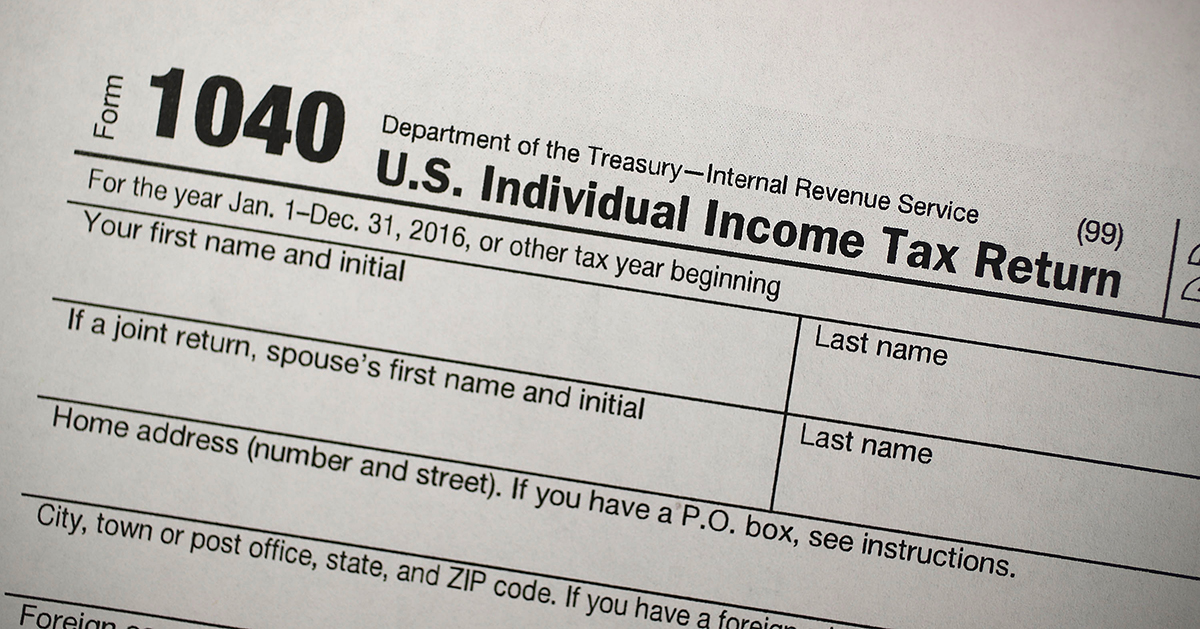
The United States lost an estimated $1.8 trillion in revenues through tax expenditures in 2023, according to the Joint Committee on Taxation (JCT). In their recent report, JCT notes that tax expenditures — also known as “tax breaks” — “include any reductions in income tax liabilities that result from special tax provisions or regulations that provide tax benefits to particular taxpayers. Special income tax provisions are referred to as tax expenditures because they may be analogous to direct outlay programs and may be considered alternative means of accomplishing similar budget policy objectives.” Below are six key takeaways from JCT’s latest report on tax expenditures:
Tax expenditures cost more than any federal spending program.
In 2023, the federal government collected $2.6 trillion in individual and corporate taxes. At the same time, the tax code generated $1.8 trillion in tax breaks. That amount is more than the United States spends on Social Security, Medicare, defense, or any other individual program.Most tax expenditures apply to individual income taxes.
Individual income tax expenditures totaled $1.6 trillion in 2023; tax breaks for corporations amounted to $179 billion. The largest tax break related to individual income taxes was for reduced rates on dividends and capital gains, which was responsible for $265 billion in revenue loss. The most costly corporate tax expenditure was for reduced rates on income from foreign corporations, costing the federal government $51 billion in tax revenues.About one-third of higher-income taxpayers itemize their tax returns.
Taxpayers with higher income were much more likely to itemize deductions on their federal tax returns than take the standard deduction. The Internal Revenue Service (IRS) recommends taxpayers itemize deductions when the total amount of allowable itemized deductions is greater than the standard deduction. As a result, higher-income taxpayers are better able to take advantage of tax expenditures and reduce their tax liability. In tax year 2021, the standard deduction was $12,550 for single filers and $25,100 for joint filers. For those who itemized, average deductions totaled $44,444.Of the three most claimed deductions, a majority of the benefits go to higher-income taxpayers.
According to the most recent IRS data, the most frequently claimed deductions are those for state and local taxes, charitable contributions, and mortgage interest. JCT estimated that in 2023, 80 percent of the tax benefits from those three deductions went to taxpayers with incomes over $200,000. The deduction for charitable contributions was the most inequitable deduction of the three, with $52 billion out of the total cost of $58 billion going to the highest income bracket.Most refundable tax credits support children and healthcare.
Some tax credits are refundable, meaning that eligible taxpayers can receive funds in excess of their tax liability. The three largest refundable tax credits — premium tax credits, the earned income tax credit (EITC), and the child tax credit (CTC) — account for 95 percent of all expenditures for refundable credits. Those refundable credits help taxpayers afford health insurance coverage and ease the financial burden associated with raising children. Premium tax credits help families purchase health insurance coverage through state and federal marketplaces. They were the largest refundable tax credit in 2023 with a refundable portion of $69 billion, which made up 86 percent of the total cost. The EITC and CTC are intended to help families with children and can help alleviate financial stress, lower child poverty rates, and support children’s development. In 2023, the EITC had a refundable portion of $62 billion, which made up 87 percent of the total credit. The refundable portion of the CTC was notably smaller — $48 billion, which was only 39 percent of the total credit.The cost of tax breaks is projected to increase over the next four years.
The cost of tax expenditures slightly increased from 2022 to 2023, and JCT estimated that the cost will continue to grow over the next four years. That growth will be accelerated by the expiration of some provisions of the Tax Cuts and Jobs Act at the end of 2025. In fact, from 2025 to 2026 alone, revenue loss due to tax breaks will increase by 10 percent, or $192 billion.
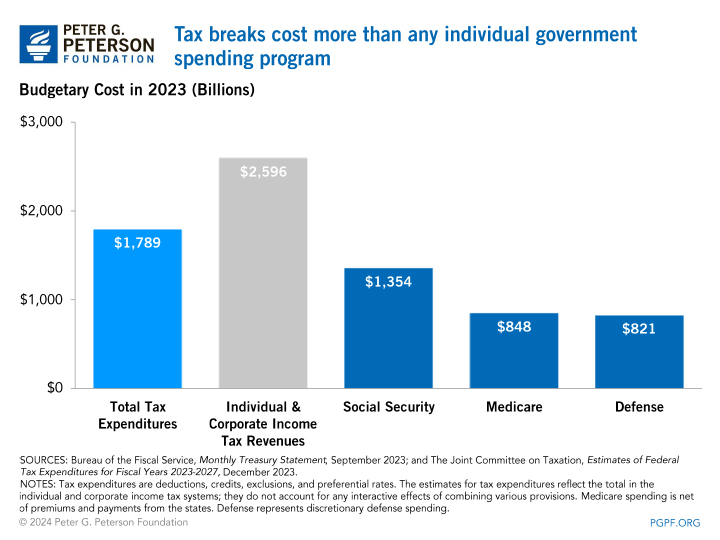
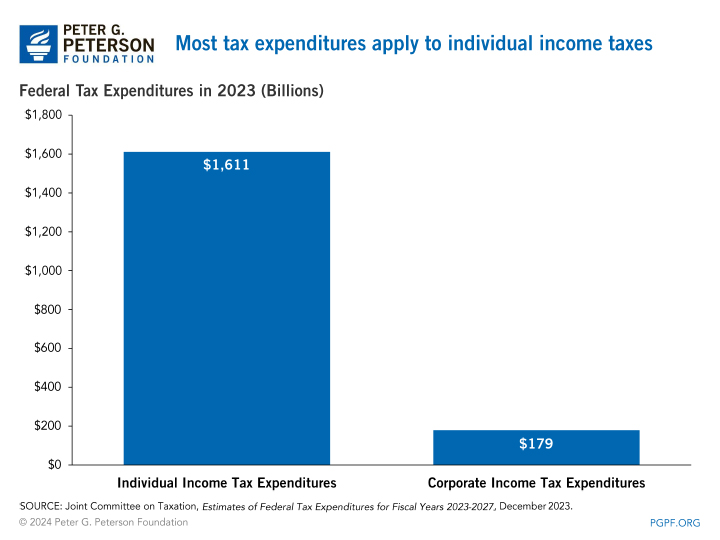
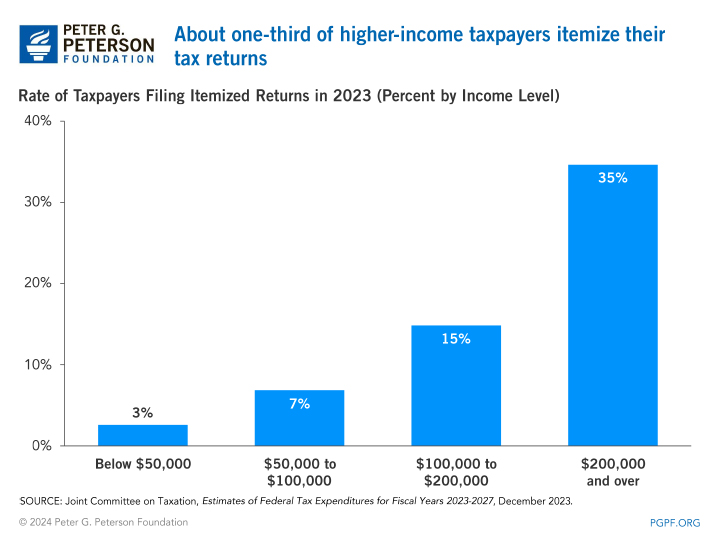
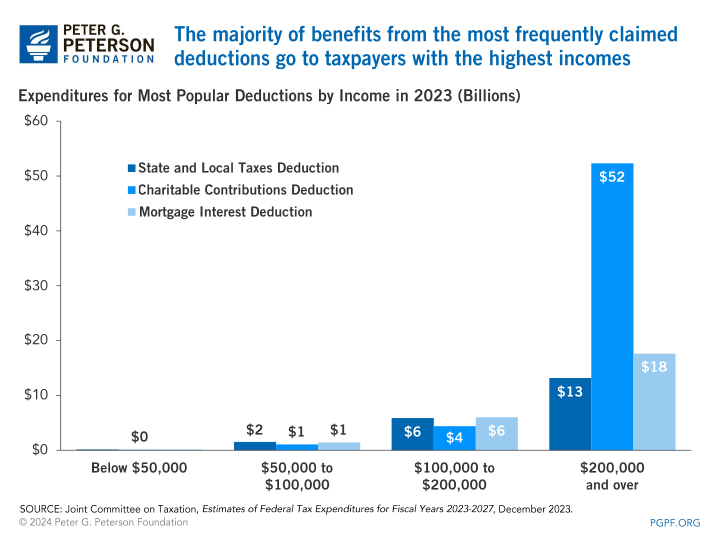
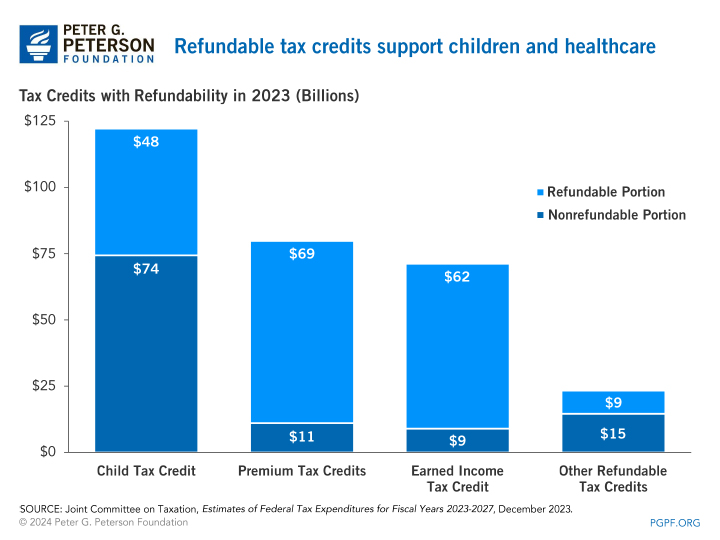
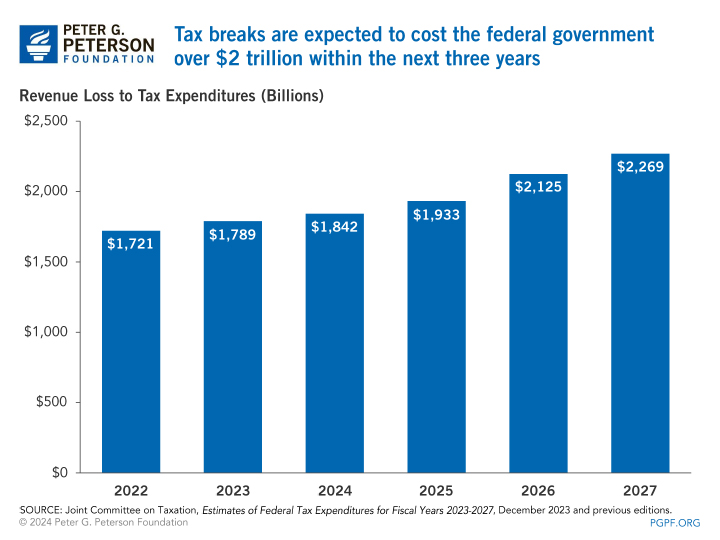
Conclusion
Tax expenditures are the most costly “program” for the federal government, causing revenue loss totaling $1.8 trillion in 2023. Over the next four years, the JCT estimates that they will only become more expensive. As policymakers consider reforms to federal taxes and the U.S. budget, tax breaks are a key piece of the puzzle for fixing the imbalance between spending and revenues.
Related: Six Charts That Show How Low Corporate Tax Revenues Are in the United States Right Now
Image credit: Photo by Zach Gibson / Getty Images
